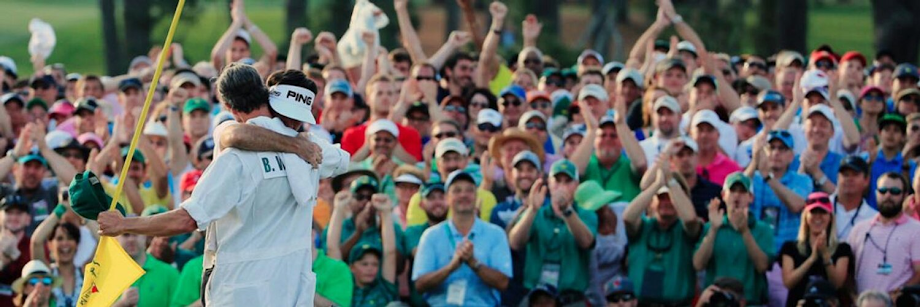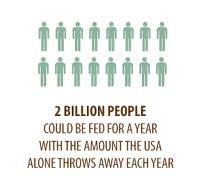 |
| This book surpassed my expectations |
One component of my students' final project in RS 475: Sports and Spirituality is for them to “name the athlete, a
religious/spiritual person, author, or guest speaker you “met” in class who has
inspired you most?” Manute Bol, the 7’7” Sudanese basketball player and devout
Christian as well as Eric Liddell the Scottish runner and subject of Chariots of Fire are perennial
favorites. And to my surprise, so is Tim
Tebow—but not because they “met” him…but rather, because we didn’t.
I thought including Tebow into the curriculum was
unnecessary—his example too obvious, his faith too vocal. I believed that young
people found his devotion too strong and un-relatable. Instead, they were intrigued by his story and
drawn to learning more about his beliefs and his life.
Even though he has been cut from the New England Patriots, he
will be included in the 2013-2014 school year curriculum. This year’s class
will“meet” him. In 2011, I wrote a blog posting "Why I'm not writing about Tim Tebow" and now I am. Here’s why.
Tebow’s autobiography “Through My Eyes” has made quite an
impression on me. To be honest, my expectations were low. I have read some incredible biographies about athletes, most of which were written after their retirement from professional sports. I questioned what a high profile athlete in his early 20s could offer by way of wisdom, perspective, overcoming adversity and more. What the reader will not find in a typical biography is trumped by what you will find. For example, every chapter begins
with a passage of scripture that is something much more than words he has memorized. The fullness of his chosen passage serves as
a testimony of his life.
 |
| Words and numbers written in eyeblack are now forbidden, but prior to that Tebow would include a verse of Scripture. This is most likely a reference to Ephesians 2:8-10. Worth looking up and praying with! |
Here are but three examples that every athlete, their
parents, coaches and administrators might consider.
Humility
Tim Tebow is the youngest of five children. His two older brothers Paul and Robby were
his first teammates and competitors. They also met athletic success at an early
age. Therefore, from the age of 5 on, his
parents decided to institute a rule.
Tebow writes, “we were forbidden from talking about our accomplishment, unless
asked first by someone else. If someone
specifically asked us how the game went or how we played, we could answer, we
couldn’t volunteer the information. They
based this new rule on the admonition found in Proverbs 27:2
Let another praise you, and not your own
mouth;
A stranger, not your own lips.
 |
| Superman from a young age on.... |
I think the Tebows are on to something. Our society often defines us by what we
accomplish; athletics puts our achievements on display like little else
does. But a humble spirit begets other virtues
such as gratitude, kindness and joy.
Such virtues yield spiritual fruit—even when the shots don’t fall and
the wins don’t come.
Tebow admitted it was a lesson he had to learn and has
continued to work on.
It’s not a bad rule for parents either (to implement with
regard to their own child’s athletic success).
The Family that Plays
Together Stays Together
It will serve as a surprise to no one that one of the
greatest gifts a parent can give their son or daughter is time. And Tebow is proof that it can not only strengthen
the bond between parent and child, it can also help him or her in athletics.
 |
| his parents, Pamela and Bob Tebow |
“My dad never coached us formally in a team setting because
of international trips and his irregular schedule. What he did was spend lots of time with us,
teaching us not only to hit, but also to throw.”
Reading his words reminded me one of my former students, a
two-year starter on the boys’ varsity basketball team. Johnny didn’t play on an AAU traveling team,
he wasn’t the tallest or even the strongest shooting guard but he earned all
league honors and still holds a WCAL record (most free throw points in a game).
A rare profile in today’s game, everyone wondered, “How did he do it?”
Every single night, Johnny would practice shooting with one
person—his father. His dad did the grunt
work—rebounding and passing, advising and encouraging so his son could learn,
improve and succeed. I like to think that their time together—strengthening the
fundamentals—was a sacred time for they two.
And the beauty of this story is that when I last saw Johnny, he
excitedly told me his brother was the best athlete. When I asked “How’s that?” his response came
as no surprise. “My dad has more time to
play with him now.”
For those parents who can—play with your son or daughter. For those who cannot, maybe it’s another
family member, like an aunt or uncle who can. Or, like Bob Tebow, perhaps there
is some element of the game you can share.
 |
| Tim Tebow is the youngest of 5 children |
I can do all things…
When life gets busy—and it does—it’s natural to consider What obligations can I eliminate? Sunday mass (or services) shouldn’t be
one of them, but unfortunately it is.
Tebow wrote, “Between football, homeschooling and farm
labor, I was busy. And when I wasn’t doing any of those things, I was busy at
our church. My family attends First Baptist Church of Jacksonville, and I was
involved in their plays and youth meetings and activities whenever and as much
as possible. Every Sunday morning we
were all there, and the other times in the week were a bit more sporadic,
weaving things in with a regular schedule of sports, which was often easier
said than done. But, every Sunday—we
were there.”
 |
| Always time for prayer and praise. |
We are careful to calendar practice and game times, when to
lift, team meetings and more. The same
should apply to our faith. My parish
offers Saturday and Sunday
vigils. There are four Sunday morning
masses and even a “last chance” mass at 9:00 p.m. in the evening. I think it’s
important to recognize how Catholic Church has made concerted efforts to
accommodate the demands on our time; athletics is certainly one of them.
Sunday services are important because the spiritual journey
isn’t one we walk alone. We come
together to remember Jesus’ life, death and resurrection. In that gathering, we
are called to deepen our relationship with the Lord.
Tebow proclaims St. Paul’s words to the Philippians, “I can
do all things through Christ who strengthens me.” And we need that strength—not only in sports,
but also in life: relationships are demanding, humility doesn’t come easy. We are make the team one year, we are cut the
next.
And no one knows that like Tim Tebow. Through his eyes, our
God is one who can be known in reading the Bible and seeking to truly live its
teachings. It is affirmed at home, on
the field and within a faith community. I
challenge you in your role at school to do the same.



































